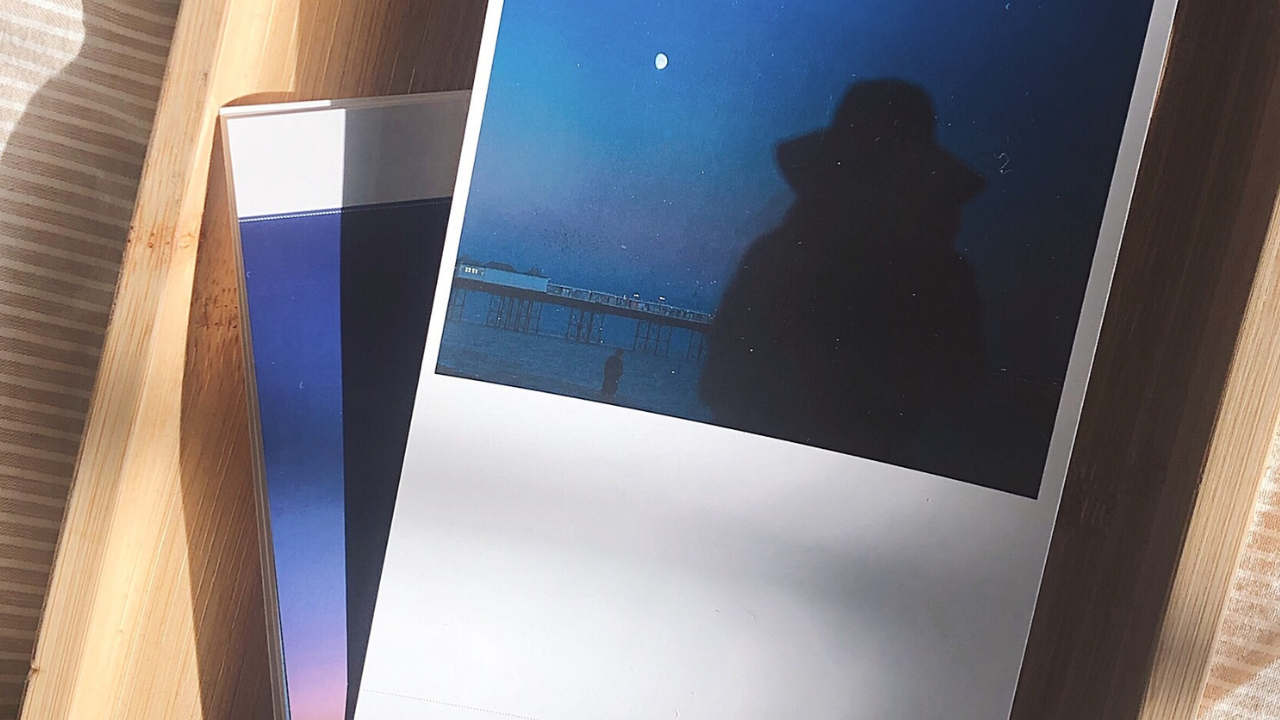In the changing world of printing technology, the distinction between picture printers and conventional printers is more than just skin deep, comprising a plethora of features adapted to individual printing requirements. While both devices serve the same basic purpose of creating hard copies of digital content, the differences lie in the complexities of their designs and performance.
A photo printer, precisely created for the art of image reproduction, uses innovative technologies like inkjet or dye-sublimation to provide unrivalled colour accuracy and resolution. Unlike normal printers, photo printers excel at producing colourful and beautifully detailed images, making them the ideal choice for photographers and artists looking to bring their work to life. For further information, visit the website of Liene Photo Printer. This detailed article will help you make distinctions between a photo printer and a regular printer.
Do Photo Printers Require Special Maintenance?
Yes, photo printers frequently benefit from specialised maintenance to guarantee peak performance. Regular printhead cleaning, utilising manufacturer-recommended ink and paper, and properly storing consumables are critical. Following the particular rules indicated in the user manual extends the printer’s life and improves the quality of photo printouts.
Differentiation of Photo Printer from Regular Printer
The distinction between picture and conventional printers has grown in importance as printing technology has advanced. While both fulfill the primary purpose of creating tangible copies of digital content, their designs, features, and intended uses differ significantly. This article will look at what distinguishes picture printers from their ordinary equivalents, including printing technology, color reproduction, resolution, and specialized features.
Printing Technology
The underlying printing technology is one of the key distinguishing features of photo printers and normal printers. Photo printers, which are frequently equipped with inkjet or dye-sublimation technology, are precisely designed to reproduce colourful and detailed photos with pinpoint accuracy. Inkjet picture printers employ liquid ink that is delivered onto the printing surface via microscopic nozzles, resulting in an exquisite blend of colours and details. Regular printers are designed to produce text and images with a focus on speed and efficiency.
Color Reproduction
The ability of any photo printer to correctly reproduce colours lies at the heart of its operation, ensuring that printed photos match the vibrancy and precision of their digital counterparts. Photo printers thrive in this area thanks to their specialised ink systems. These printers frequently use a wider range of colour cartridges, including more hues of cyan, magenta, and yellow, as well as separate cartridges for black and grayscale tones. This rigorous colour management enables photo printers to capture a greater spectrum.
Resolution
The sharpness and clarity of printed images are highly dependent on resolution. Photo printers are built with far greater resolutions than normal printers. The word DPI (dots per inch) is widely used to quantify this resolution, and picture printers have resolutions ranging from 2400 DPI to 4800 DPI or greater. This increased resolution guarantees that each dot of ink is precisely positioned, yielding sharp and beautifully detailed prints that highlight the intricacies of photographs. Regular printers may fail to meet the exacting standards of photo reproduction.
Specialized Features
Photo printers may include a variety of specialist features intended to improve the photo printing experience. These attributes could include powerful color management systems, borderless printing possibilities, and compatibility with a wide range of photo paper types. Some high-end photo printers use technology to reduce graininess and increase image texture. Furthermore, many modern photo printers include wireless connectivity, allowing users to print directly from smartphones, cameras, and other mobile devices.
Paper Handling
While both photo printers and regular printers may handle standard paper sizes, photo printers are built to work with a broader range of photo-specific paper types. These can include glossy, matte, or specialty artistic papers that improve the overall aesthetics of the printed image. The ability to handle different paper weights and textures is an important feature of photo printers. Regular printers, which are meant for ordinary office documents, may struggle to handle these many photo-centric paper types.
Final Words
The distinction between photo printers and regular printers is more than just superficial. Understanding these distinctions, whether you are a photographer or a professional artist, allows you to make an informed decision when choosing the best printer for your purposes. As technology advances, the distinction between these two types of printers may blur further, providing users with an even more varied and integrated printing experience.
